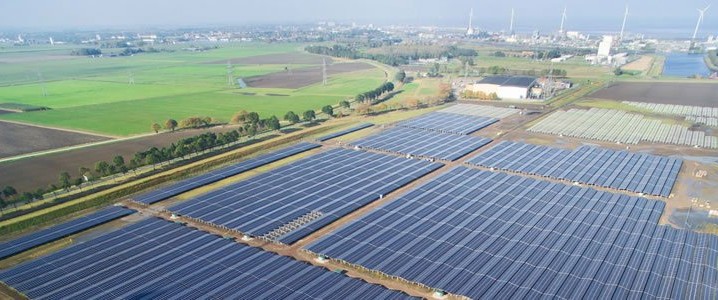U.S. Treasury Increases Flexibility For Energy Tax Credit Program
The U.S. Department of Treasury has outlined new guidelines for wage and apprenticeship requirements for projects that hope to take advantage of clean energy tax credits, the agency said in a release on Tuesday.
The newly proposed IRS rules detail additional for constructing clean energy production and manufacturing facilities and build on rules already laid out by the IRA of last year. Under the new rules, paying the prevailing wage called for by Labor Department rules and utilizing qualified apprentices will allow companies working to build IRA-qualified energy production facilities to earn five times as much in tax credits as the baseline value.
“The Inflation Reduction Act provides increased credit or deduction amounts that generally apply for taxpayers who satisfy certain PWA requirements regarding the construction, installation, alteration or repair of a qualified facility, qualified property, qualified project, qualified equipment or for certain energy facilities. Under the tax law, the increased credit or deduction amount is generally equal to the base amount multiplied by five if the taxpayer satisfies the PWA requirements. There are certain limited exceptions where a taxpayer may be eligible for an increased credit amount without satisfying the PWA requirements,” the IRS statement reads.
The proposed regulations would also provide guidance for taxpayers who initially fail to satisfy the PWA requirements but seek to cure the failure by complying with certain correction and penalty procedures.
According to the IRS, “the prevailing wage requirements of the IRA provide that taxpayers must ensure that all laborers and mechanics employed by the taxpayer (or any contractor or subcontractor) on the construction, alteration, or repair of a qualified facility, project, property, or equipment (hereafter referred to as facility) are paid wages at rates that are not less than the prevailing rates determined by the Department of Labor in accordance with subchapter IV of chapter 31 of title 40 of the U.S. Code (the Davis-Bacon Act) for the type of work performed in the geographic area of the facility.”
By Julianne Geiger for Oilprice.com
